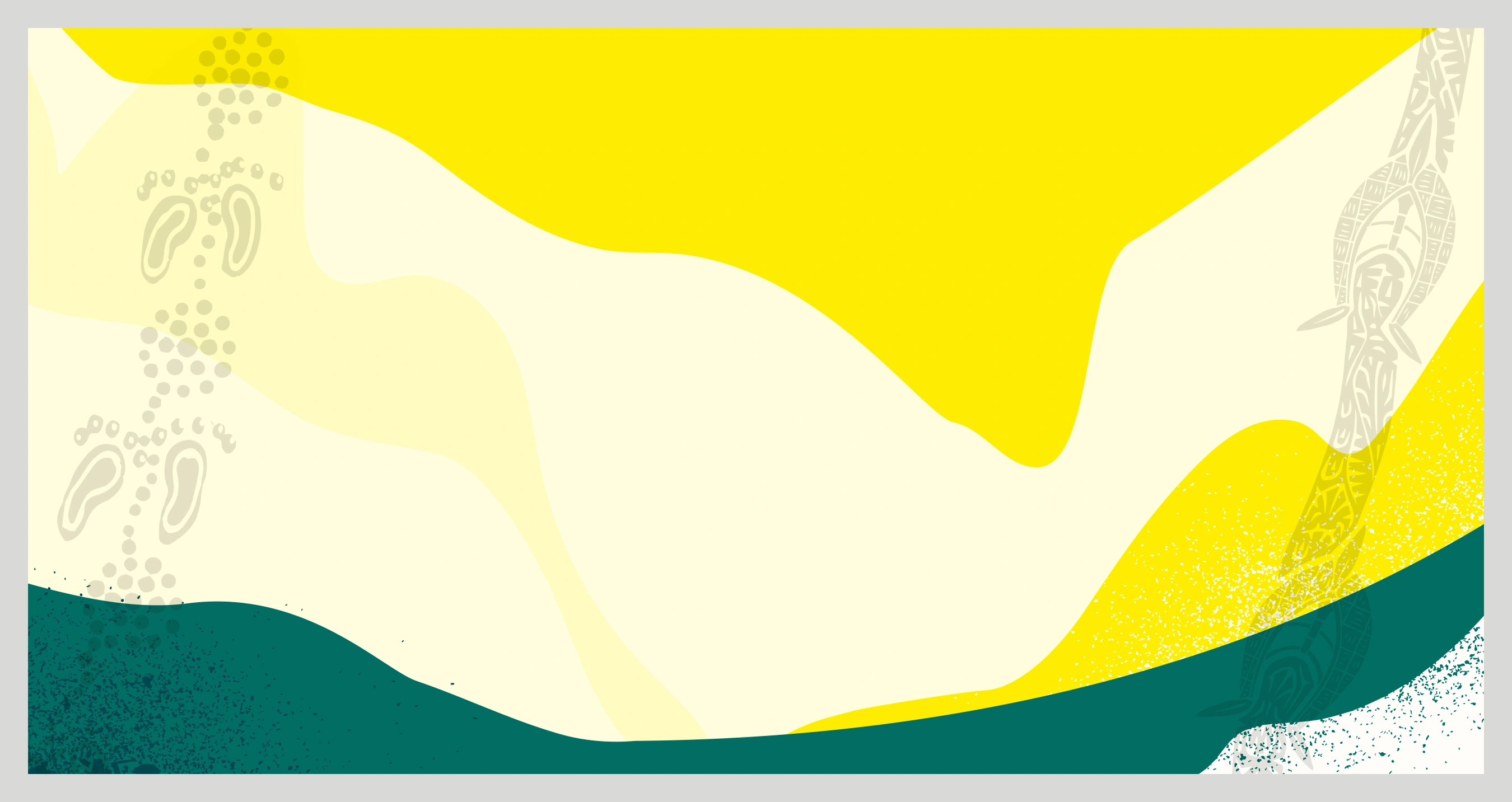SKELETON: As the sun set on the Sochi Games, there were two things on John Farrow’s mind – winning gold in four years’ time and helping others along the way.
SKELETON: As the sun set on the Sochi Games, there were two things on John Farrow’s mind – winning gold in four years’ time and helping others along the way.
Farrow made his Olympic debut in the daring sport of Skeleton at the 2014 Sochi Games, recording an Australian best men’s result of 17th. His achievement is a testament to his dedication to rehabilitation after suffering debilitating injuries in a land training accident back in 2011.
With the Games now behind him, Farrow wants to help other athletes with injuries who may be struggling with recovery and have lost sight of their goals.
“After my injury, I found I was doing something I was told couldn’t be done,” Farrow said.
“It’s got a bit bigger now – I can represent everyone out there who has a dream and wants to go for it.”
Farrow required multiple surgeries so he could walk and was told he would not sprint again. Without being able to propel himself during the critical start phase of Skeleton, his sliding career seemed over. But Farrow saw it differently.
“After the accident I was lying on the ground going in and out of shock,” Farrow recalled. “All I remember is that I made a decision right then that I would come back. I’d be back because I wanted to go to Sochi.”
Constant rehabilitation and incredible determination over months and years meant Farrow was walking, running and eventually sliding again – all the while suffering from a condition called ‘foot drop’.
“I couldn’t lift my foot up, it would just drag along. I knew from the doctors how long the recovery for everything else would take – except for this. With nerves, it’s just one of those things. It could be permanent, it could come back. They just didn’t know.”
Foot drop is a condition caused by affected nerve function. The symptoms are paralysis where the patient can’t lift their foot and has no dorsi flexion or control of the ankle which usually makes the foot drag along like a flipper increasing tripping or ankle rolling.
A year after his accident, Farrow was back on the international circuit to earn vital qualification points and keep his Olympic dream alive. But he could still only drag his leg, so his friends got together and they began constructing splints out of plastics and then a Kevlar-Carbon compound for Farrow to train and compete with.
After a series of broken home-made splints, Farrow met an Orthotist who fitted him with a custom-made brace to help lift the damaged foot into a flat dorsi flexed position stopping the tripping and helping to reduce ankle rolling.
“This brace has not only helped me to race again but to walk again and then train properly,” 32-year-old Farrow said.
“It helped me to get back on the skeleton and in the lead up to the Games I used it down the Olympic track on Sochi and most tracks around the world.”
With flickers returning to his affected foot and Farrow able to start developing more strength and power, he stopped using the brace before the Sochi Games. Now, he wants to pass it on to someone suffering from a similar affliction to him, who may have lost sight of their athletic dreams because of an accident or injury.
“Now that I am healing I don’t need the brace anymore and I would like to be able to give it to someone in need,” the Sydney-based athlete said.
“It could help them to walk and live a normal life again or even start playing sport again. It costs over $2000 and some people may not be able to afford this so if I can find a person it could help I would be really grateful to be able to pass it on and hopefully it can help someone to achieve their goals as much as it has helped me get to an Olympic Games and compete for Australia.”
Farrow, who has been contacted by a number of people suffering foot drop who have seen his story in the media, says that throughout his journey to these Games, he has found that his own motivation has become an inspiration for others and that has in turn given him strength to succeed.
“I want to let them know that even if you have a little bit of a disadvantage or something’s going on, that you can still achieve what you want.”
After a few well-earned weeks off, Farrow will soon be back in training with a solid four-year plan for Olympic glory in place.
“If I can get my start back and relax on those slides, I can push for a medal in PyeongChang. That’s the goal.”
Alice Wheeler

